The Sipani Dolphin Adventure—Part 1
Images: Vrutika Doshi, R K Sipani, Zuhin Abdul, Gedee Car Museum & Vicky Chandhok
If you have been a regular reader of deRivaz & Ives Magazine, you will have read the two-part article on the three-wheeler Badal (The Sipani Badal, India's first three-wheeled car (derivaz-ives.com), which was last re-published on 28th March this year.

The last paragraph of that article went like this: “Interestingly, in 1980, a four-wheeled development of the Badal was prototyped which, in turn, led to a tie-up with the British carmaker Reliant Motors. But then that is another story.”
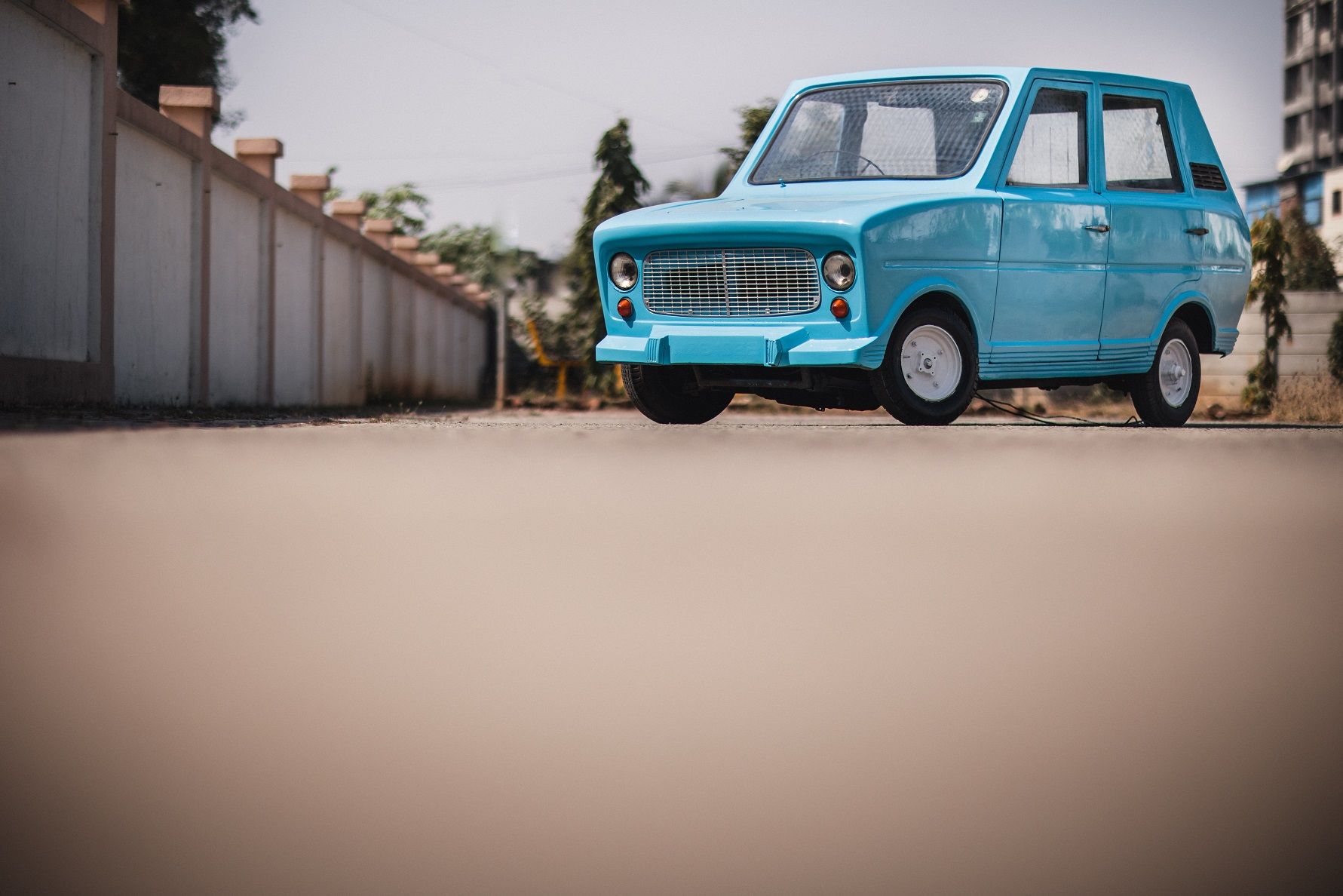
Now is the time for that other story.
The three-wheeled Badal, as we know from the earlier article, was not quite a success, and did not, in the slightest way, set the sales charts afire: total sales over a five-year production run did not even add up to a thousand.
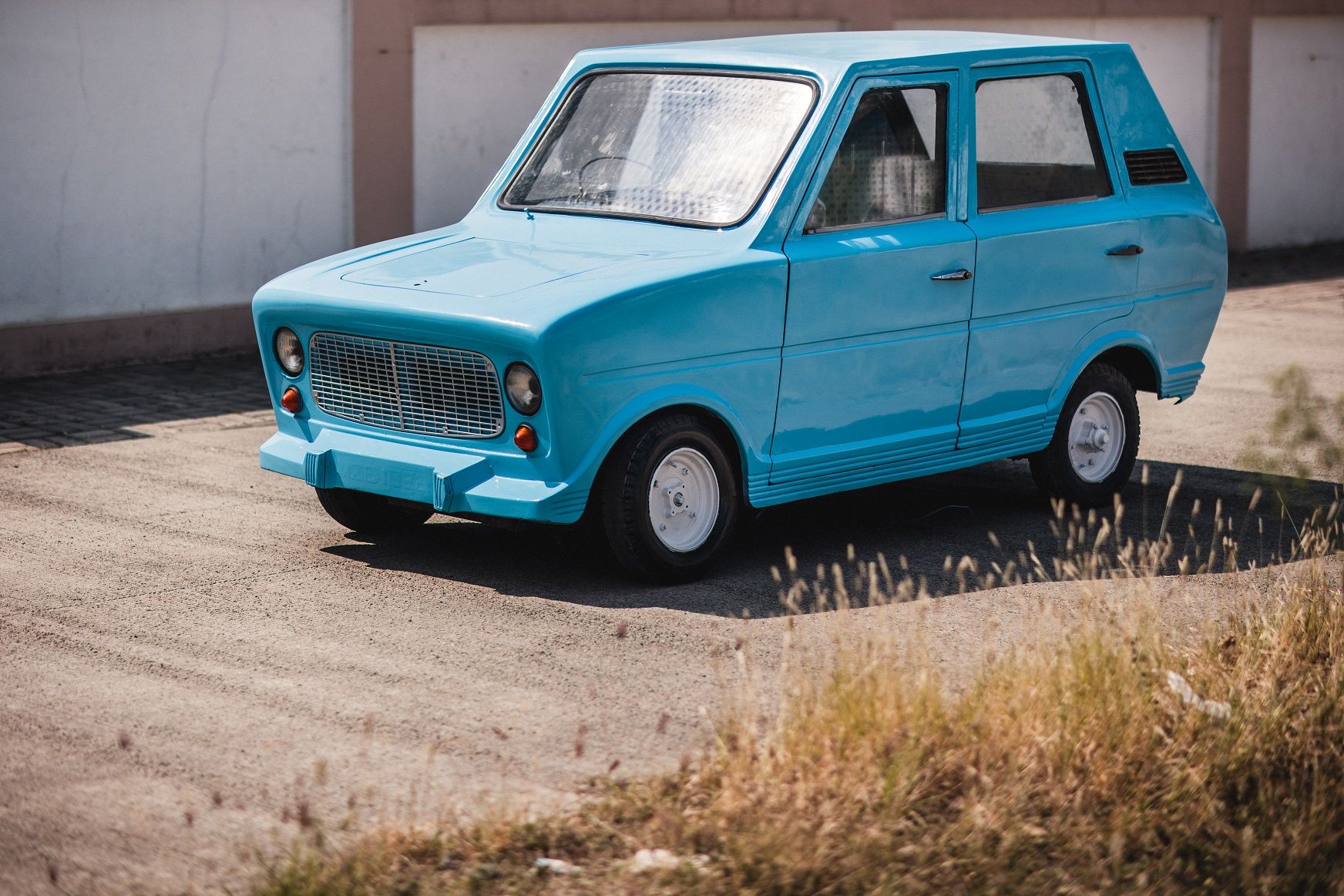
To keep Sunrise Auto Industries Limited (SAIL) going, owner and managing director, Ridh Karan Sipani, next developed a four-wheeled version of the Badal, in 1980.
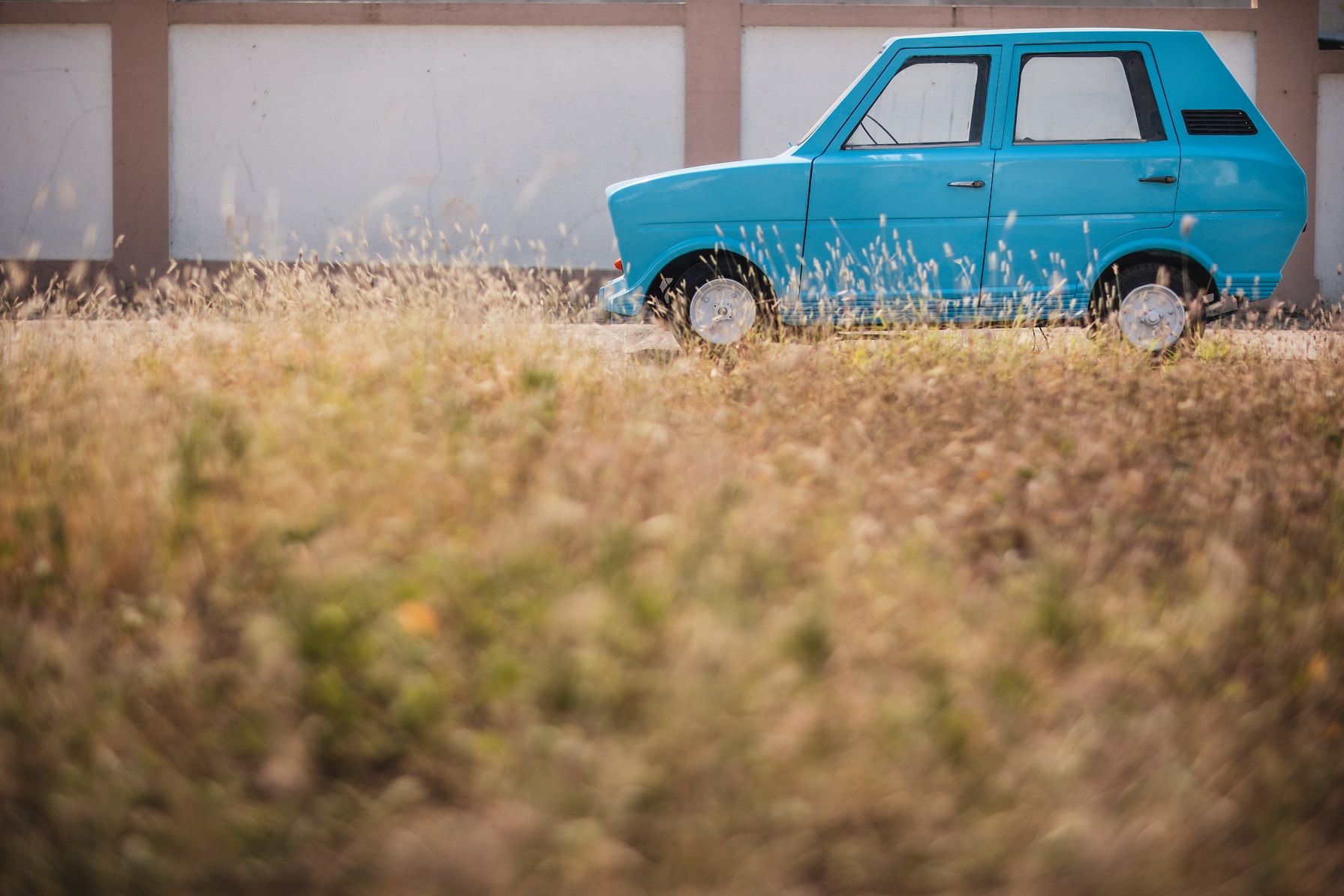
In its basic architecture it remained very similar to the Badal, with a ladder frame chassis supporting the fibreglass body and the mechanicals, with motive power coming from the 10bhp two-stroke single-cylinder 198cc unit derived from the one used to power Scooters India’s Lambretta 200GP scooter (mainly for the export market) and the Vikram three-wheeler.
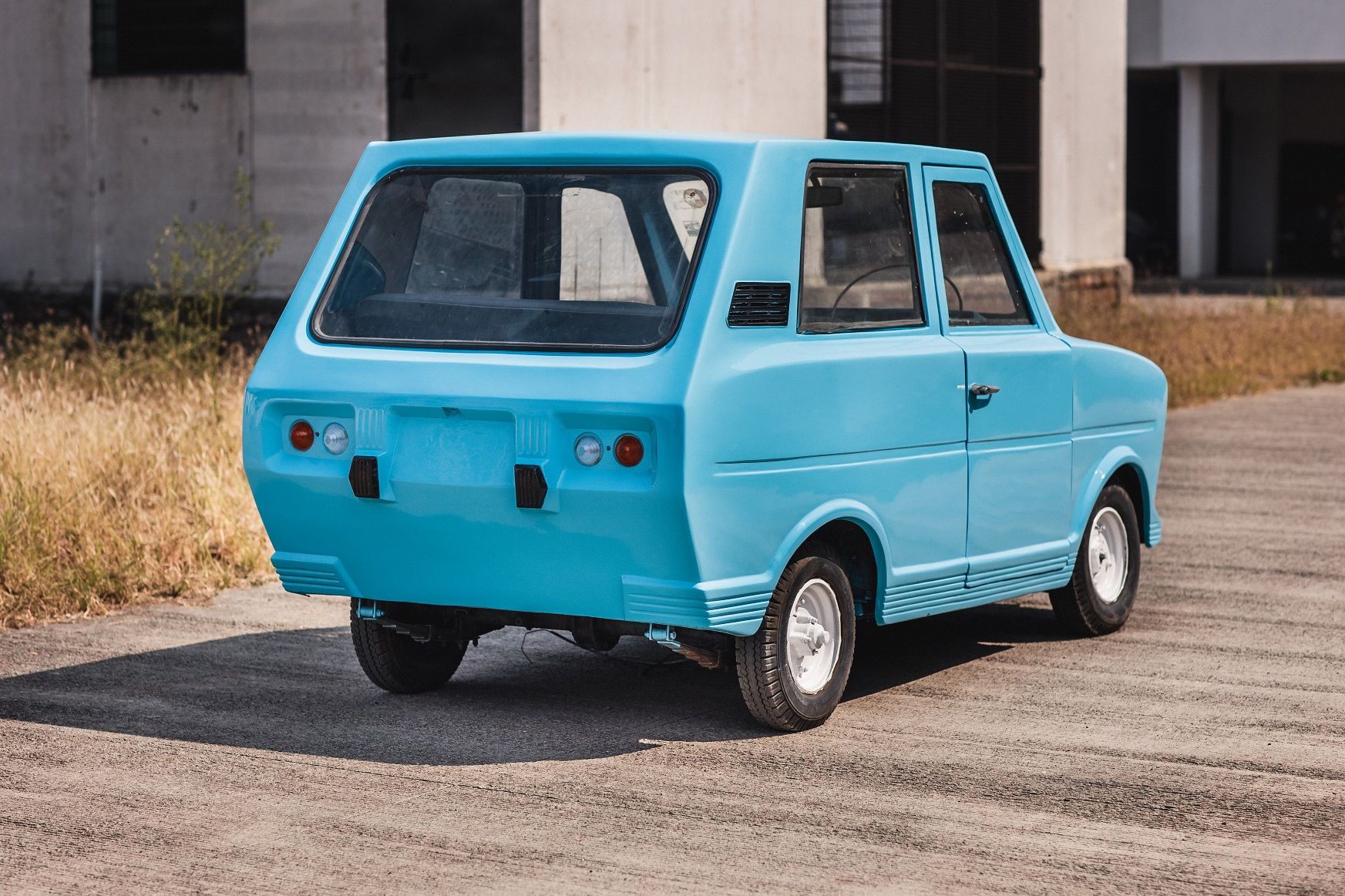
At the front end, the chassis was redesigned to take on a pair of wheels at the extremities, instead of one at the centre, and the suspension system reworked to an independent set-up.
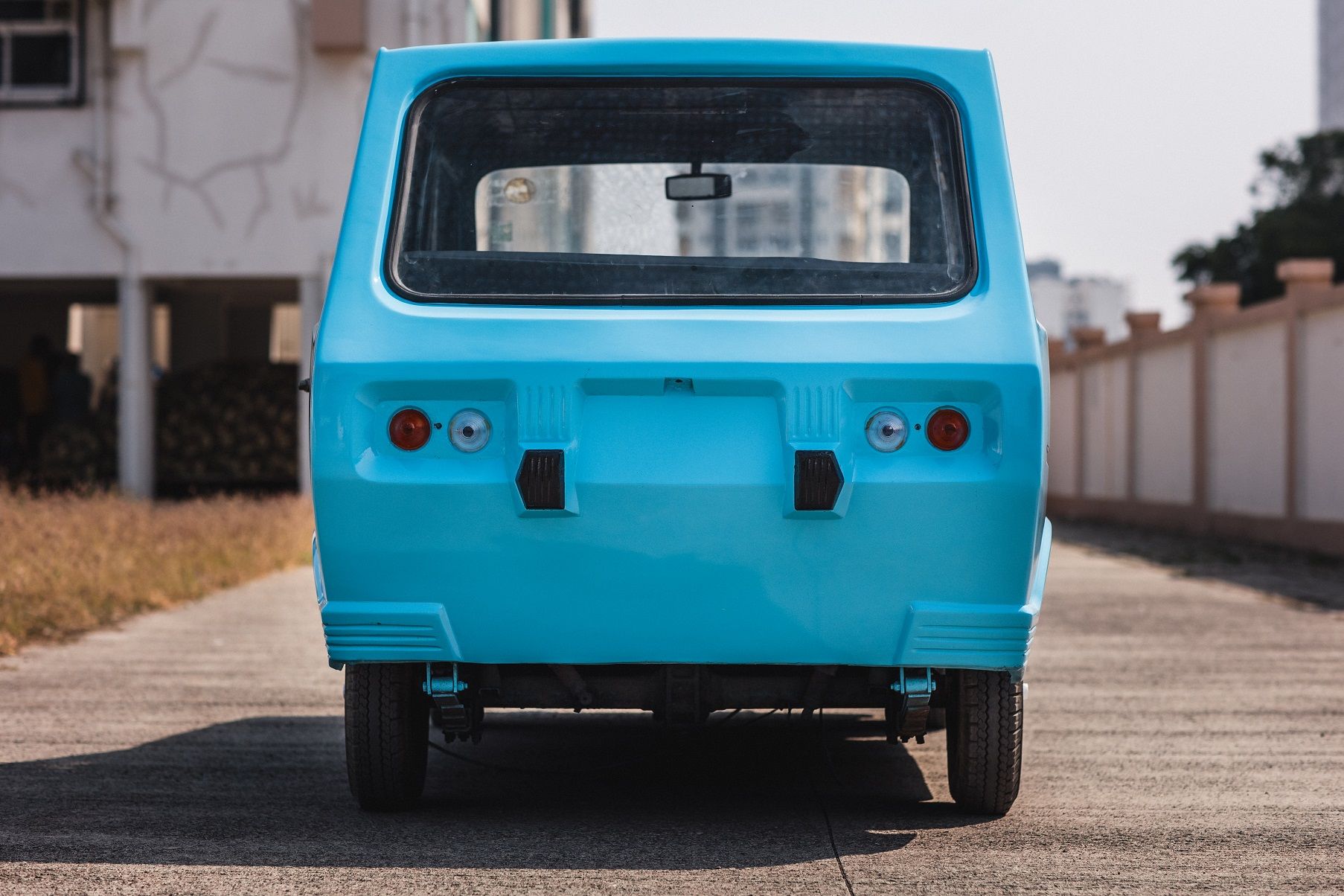
The body was, once again, constructed in fibreglass, but the shape completely redesigned… by who exactly, is not known. Surely, it wasn’t a design by Gave Cursetjee, who had penned the Badal, but likely an in-house attempt, which wasn’t exactly pretty.
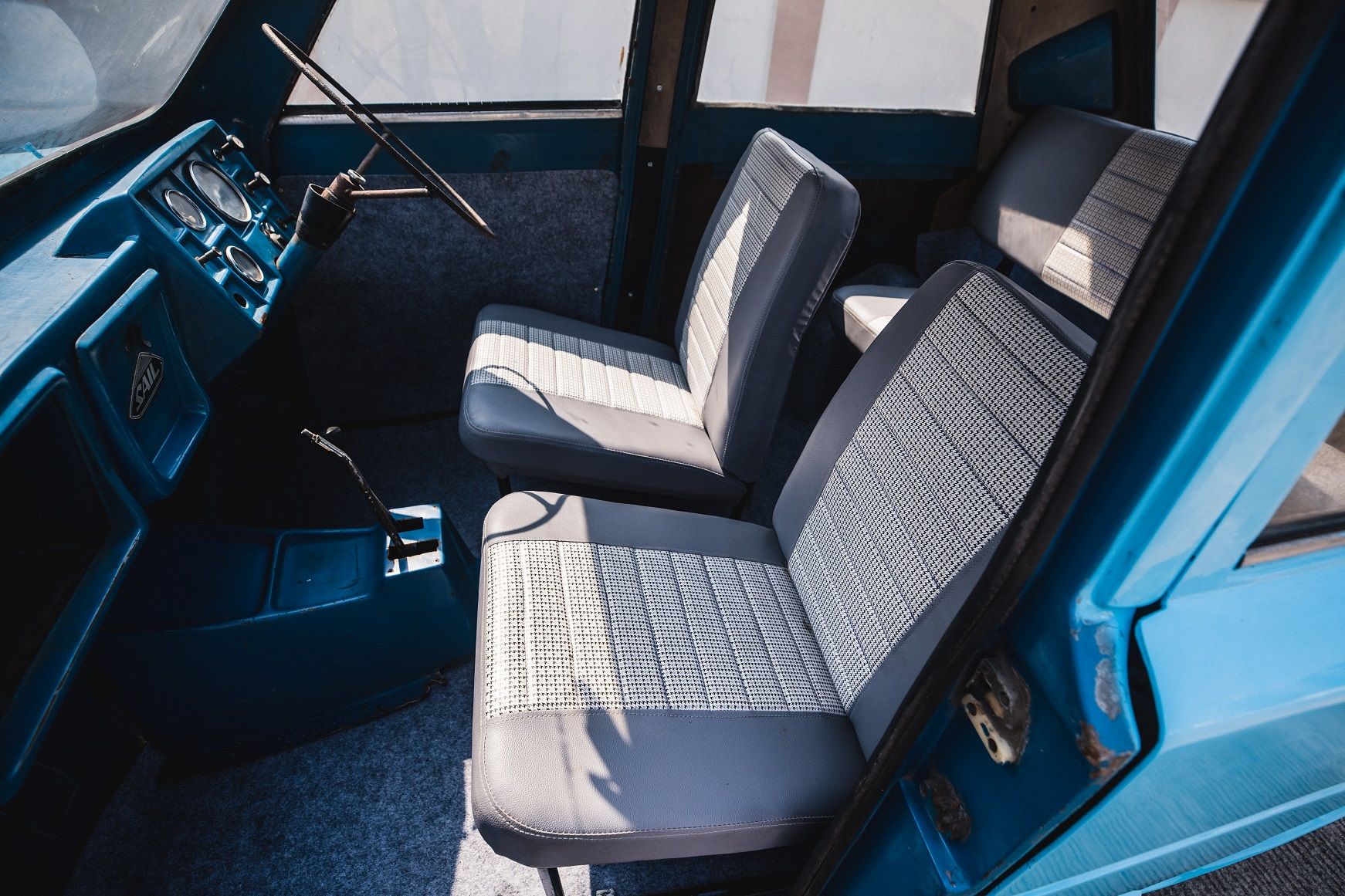
The extremely short wheelbase and tiny wheels, with the engine overhung at the rear, necessitated proportions that gave the impression of a high and ungainly vehicle, one which could keel over at the slightest provocation.
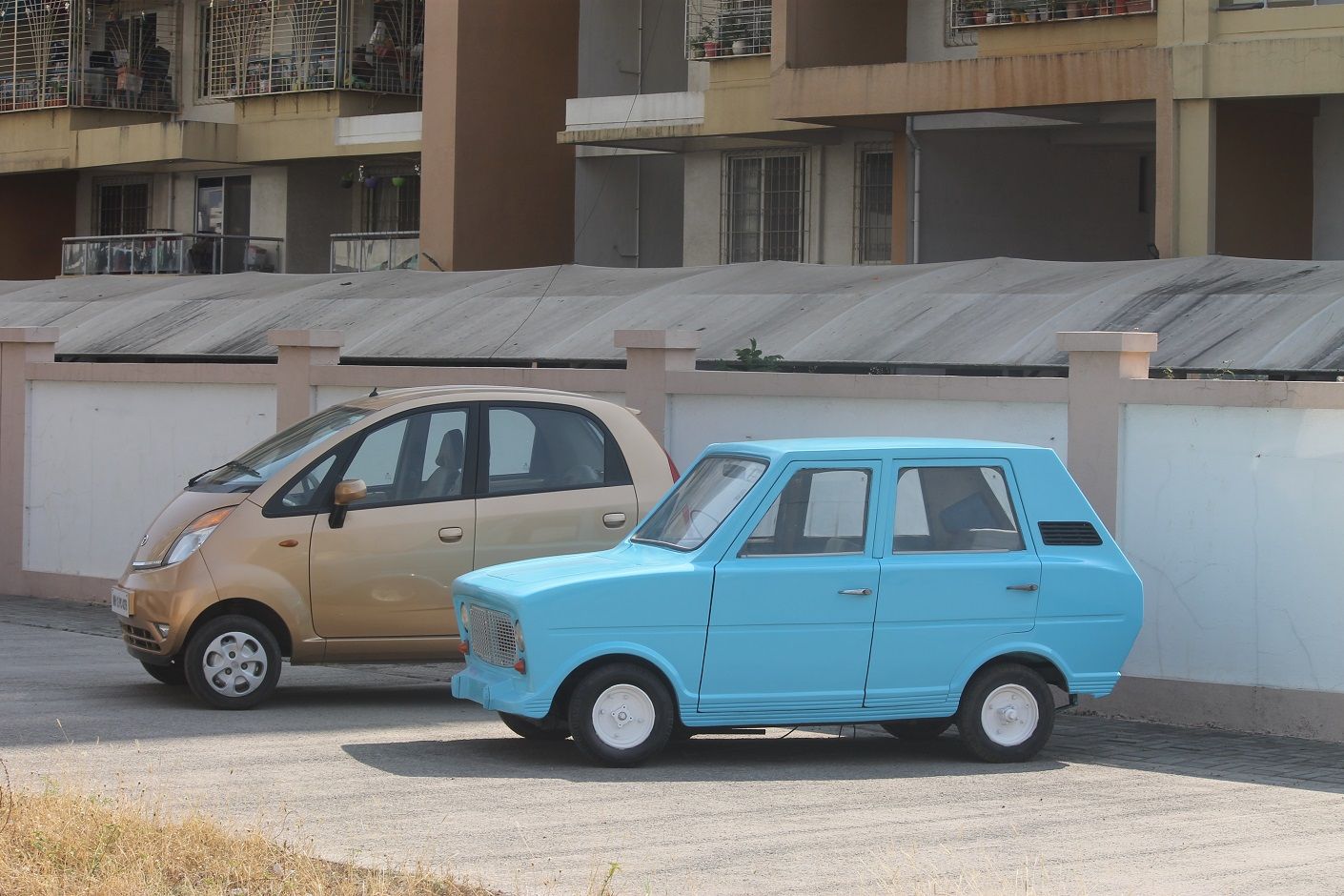
At an overall length and width of around 2.75 metres and 1.22, the four-wheeler was even smaller than a Tata Nano (3.16 and 1.75 metres respectively). For the matter, it was markedly shorter in height too, at 1.22 metres, as compared to the Nano’s tall and mighty 1.65.
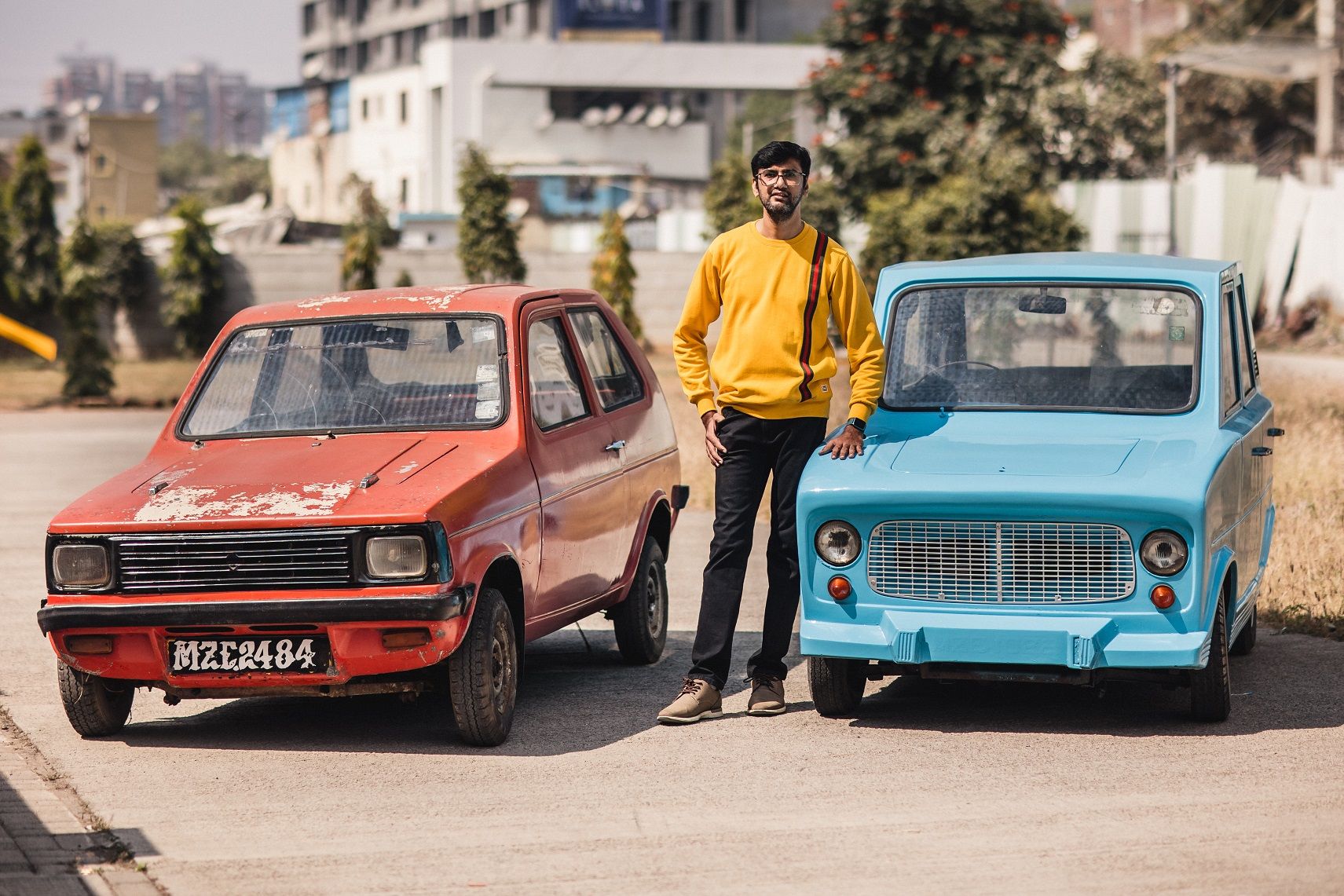
Yet, with the rear bench seat placed above the engine, packaging for four was not insufficient. And just like the Badal, the four-wheeler featured three doors: two on the left side of the car, to allow rear seat passengers access via a second door aft of the first, and just one on the left for the driver to clamber on to his seat.
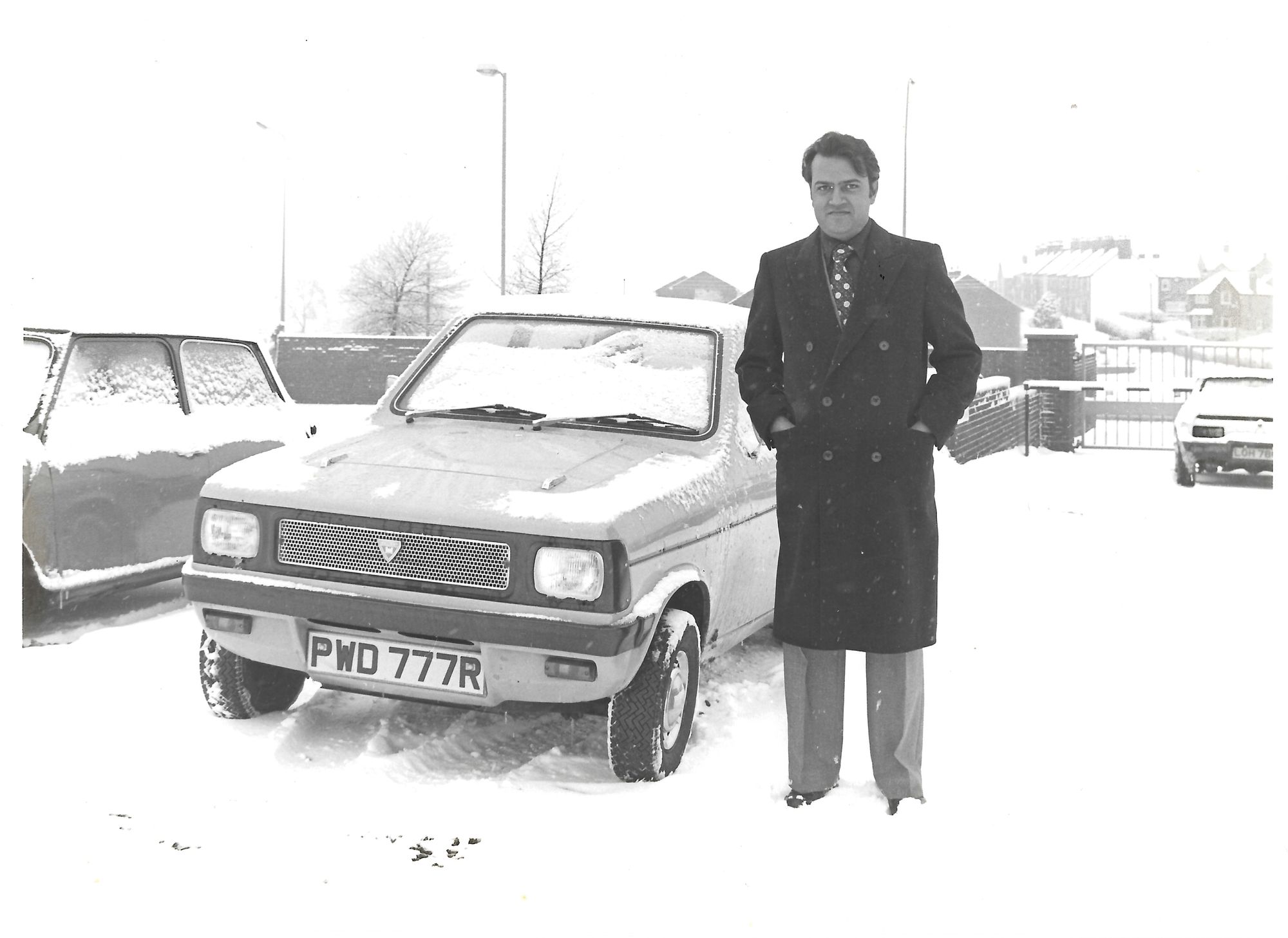
More interestingly, the car worked. It was drivable and had a decent turn of speed (with an estimated top speed of 75 km/h), and unlike Sanjay Gandhi’s Maruti, the ‘four-wheeled Badal’ could have been a not-so-impractical ‘people’s car’, one that could have been produced using completely indigenous components.
Whether the four-wheeled Badal could have sold more than the original three-wheeler is debatable, given the unattractiveness of the flat-sided, amateurish design. But the opportunity never came up to test that hypothesis, as other opportunities presented itself, perchance.
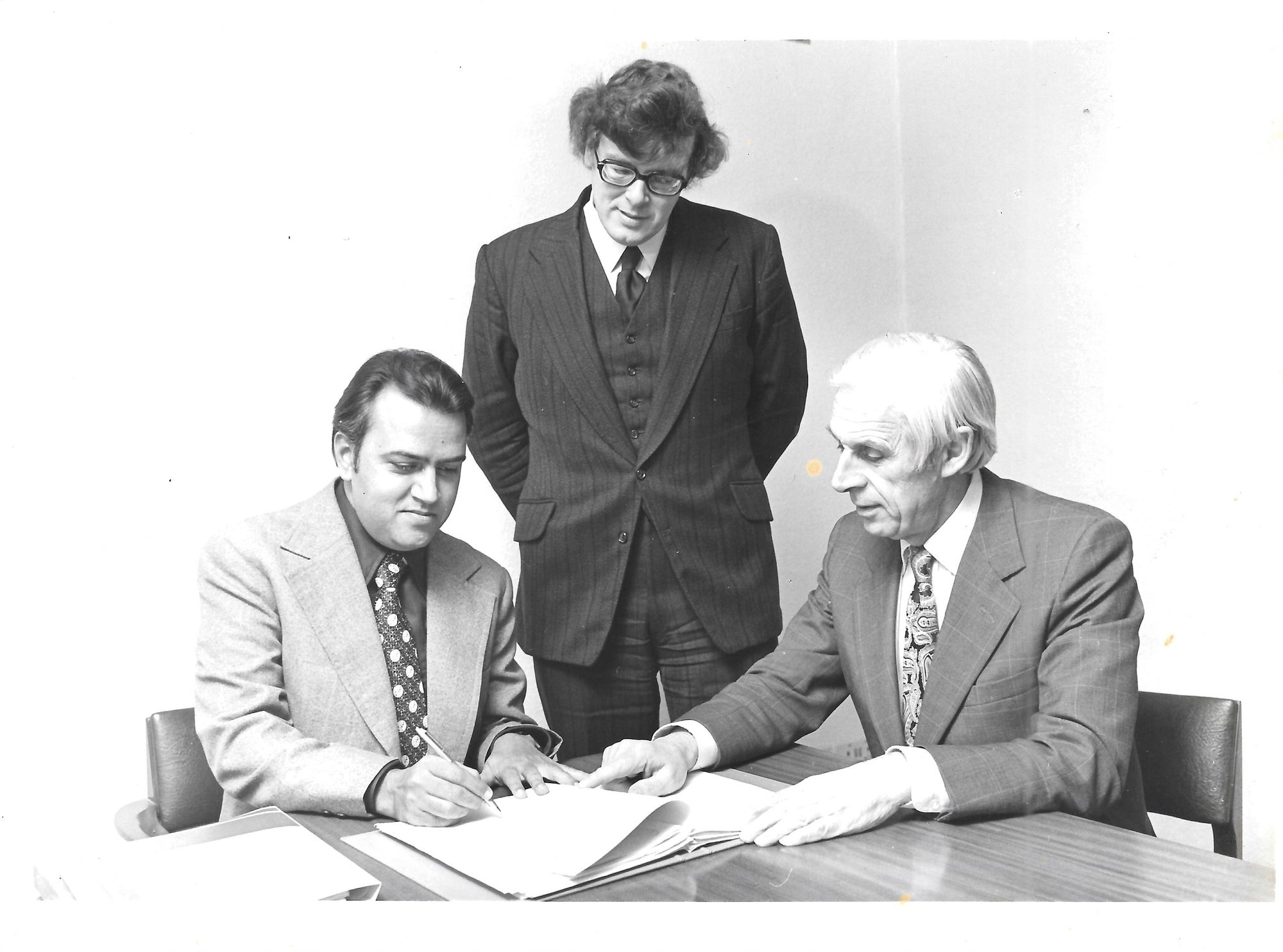
In 1979, Ritchie Spencer and Cyrus Burton, the Managing Director and the Sales & Marketing Director respectively of Reliant Motor Company, a specialist British car manufacturer, landed up in India looking for technical collaborations in the field of fibreglass.
The Indian Directorate General of Trade and Development (DGTD), based out of Delhi, redirected them to SAIL, and so it came to pass that Reliant Motors got in touch with R K Sipani, with Spencer and Burton landing up in Bangalore at the latter’s modest facilities.
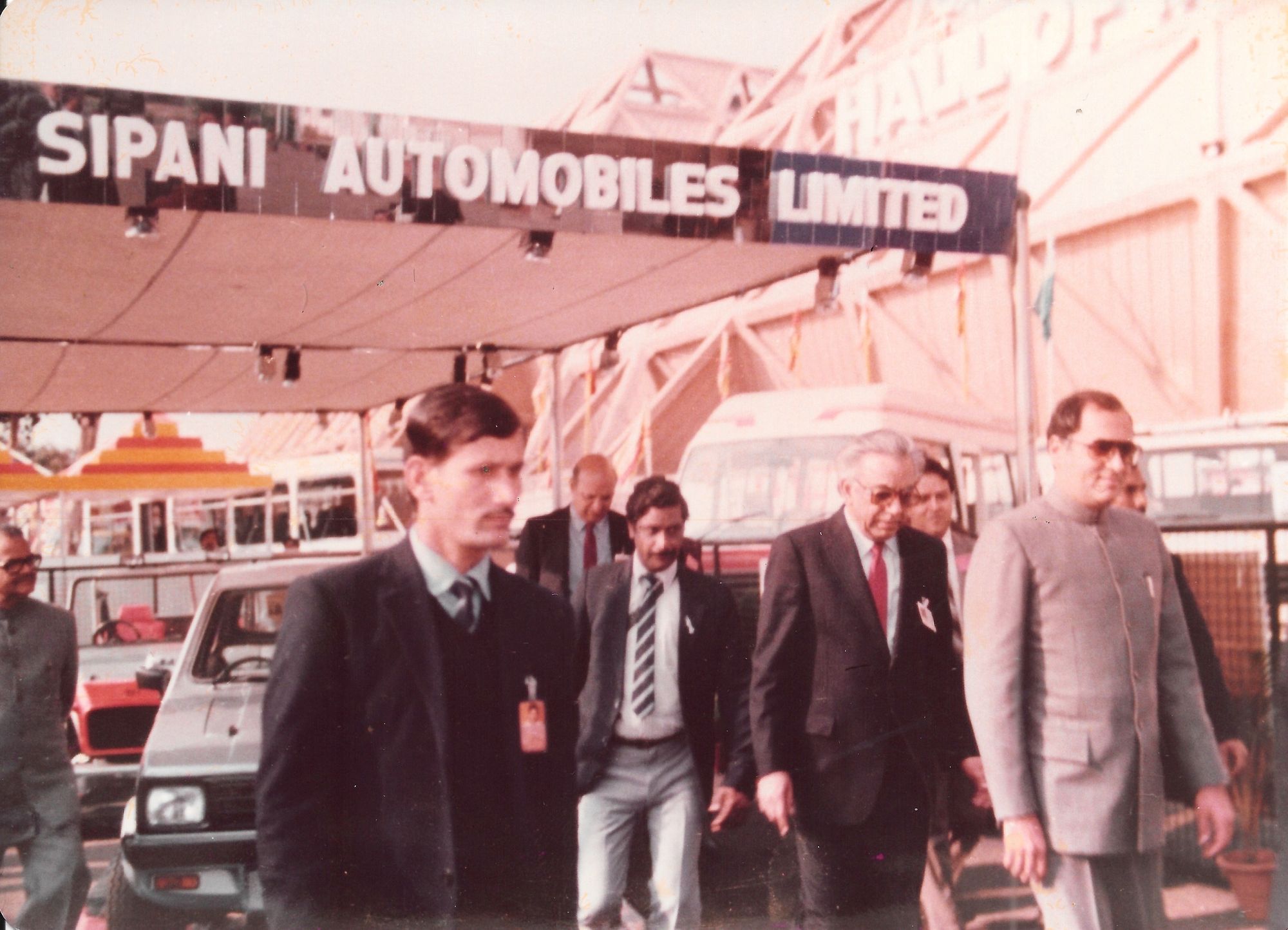
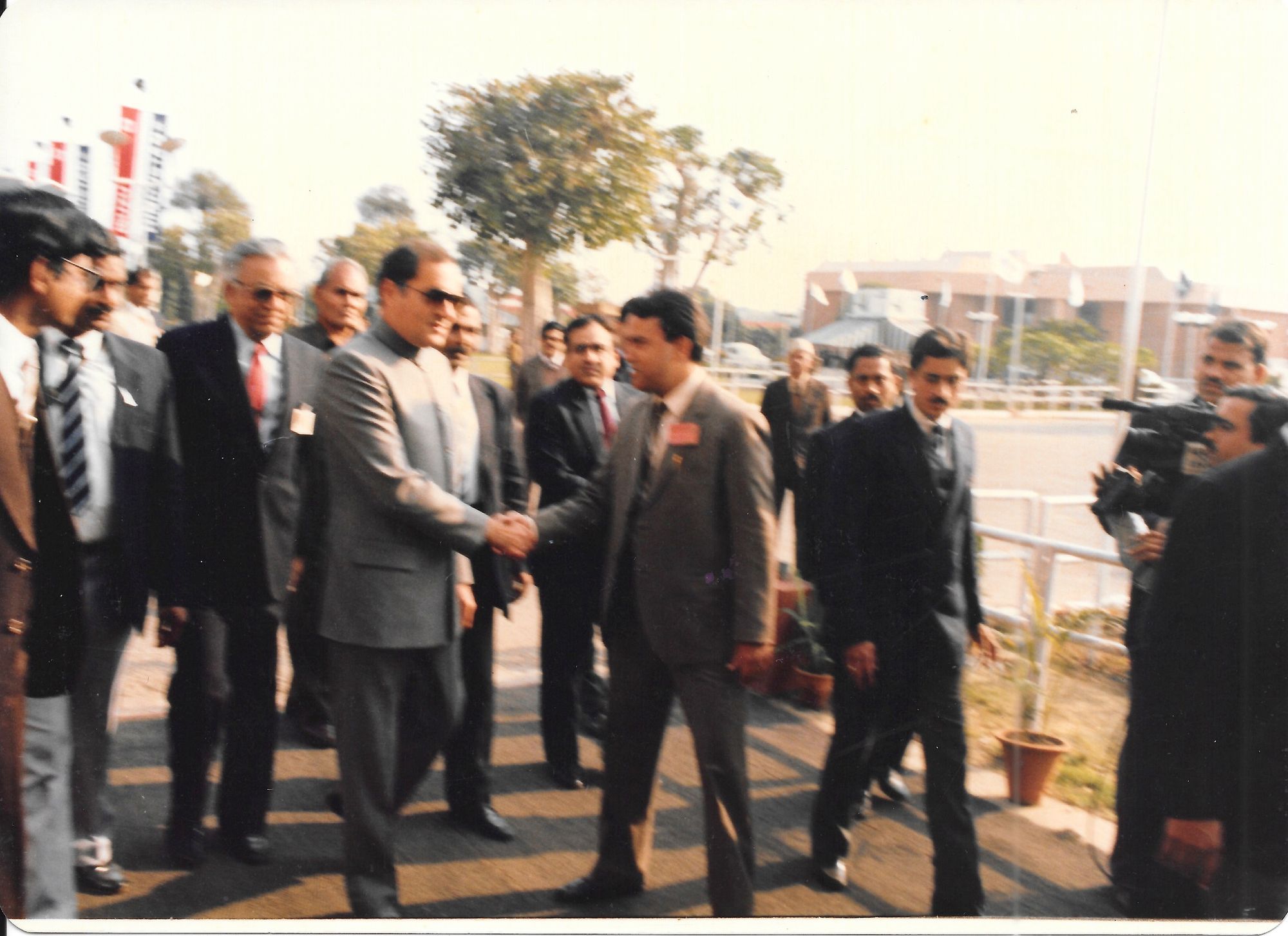
What Reliant had to offer intrigued R K Sipani.
Founded in 1935, Reliant Motor Company was one of Britain’s most important of the specialist carmakers by 1980, with an interestingly broad portfolio that included the desirable Scimitar GTE sports estate, as well as the very popular Reliant Robin, a small three-wheeled car, which sold in impressive numbers as it addressed the (specifically British) market for an inexpensive three-wheeler which could be driven with a motorcycle licence.
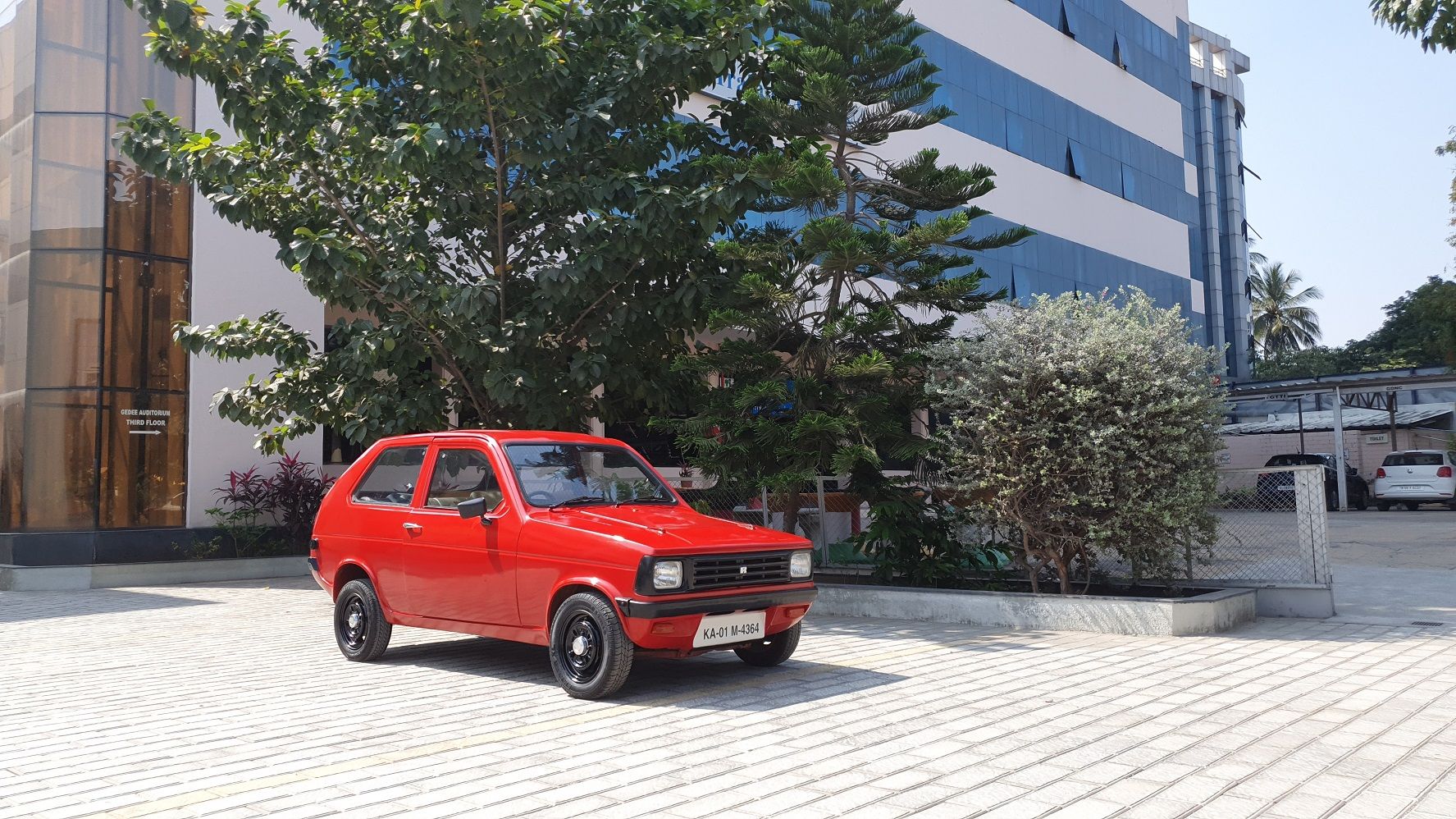
Incidentally, in the 1970s, Reliant claimed that it was the second largest British carmaker after British Leyland (dismissing Ford, Vauxhall and Rootes as ‘foreign-owned’).
Positioned midway between the Robin and the decidedly more expensive Scimitar GTE was the Reliant Kitten—not just a four-wheeled version of the Robin, but one that was conceived to take on British Leyland’s bestselling Mini.
Predating the Kitten was the Reliant Rebel, which took the front end of the Regal’s chassis, but modified to accommodate the front suspension and steering system from the Austin Seven.
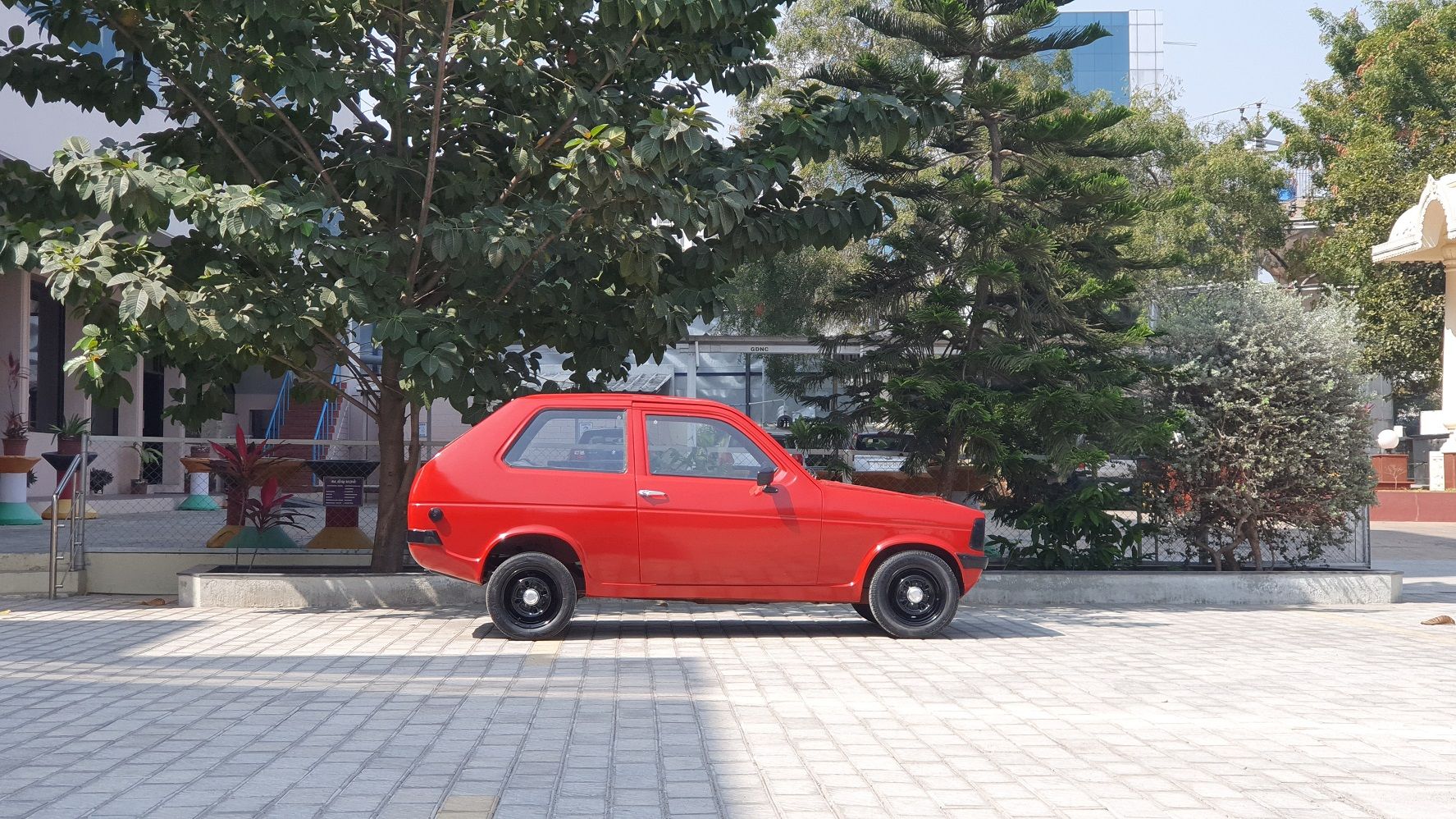
The Rebel initially had the four-cylinder 598cc engine of the Regal when it was launched in 1964, which was then bored out to 700cc (in '67), and then to 748cc in 1972.
The Kitten replaced the Rebel in 1975. Designed by Tom Karen of Ogle Design, the Kitten was more ‘grown-up’ compared to the Rebel.
Not only did it feature a more sophisticated independent double wishbone set-up for the front suspensions, but the body style too was also a more fashionable two-box design with the rear window acting as a hatch for access to the boot.
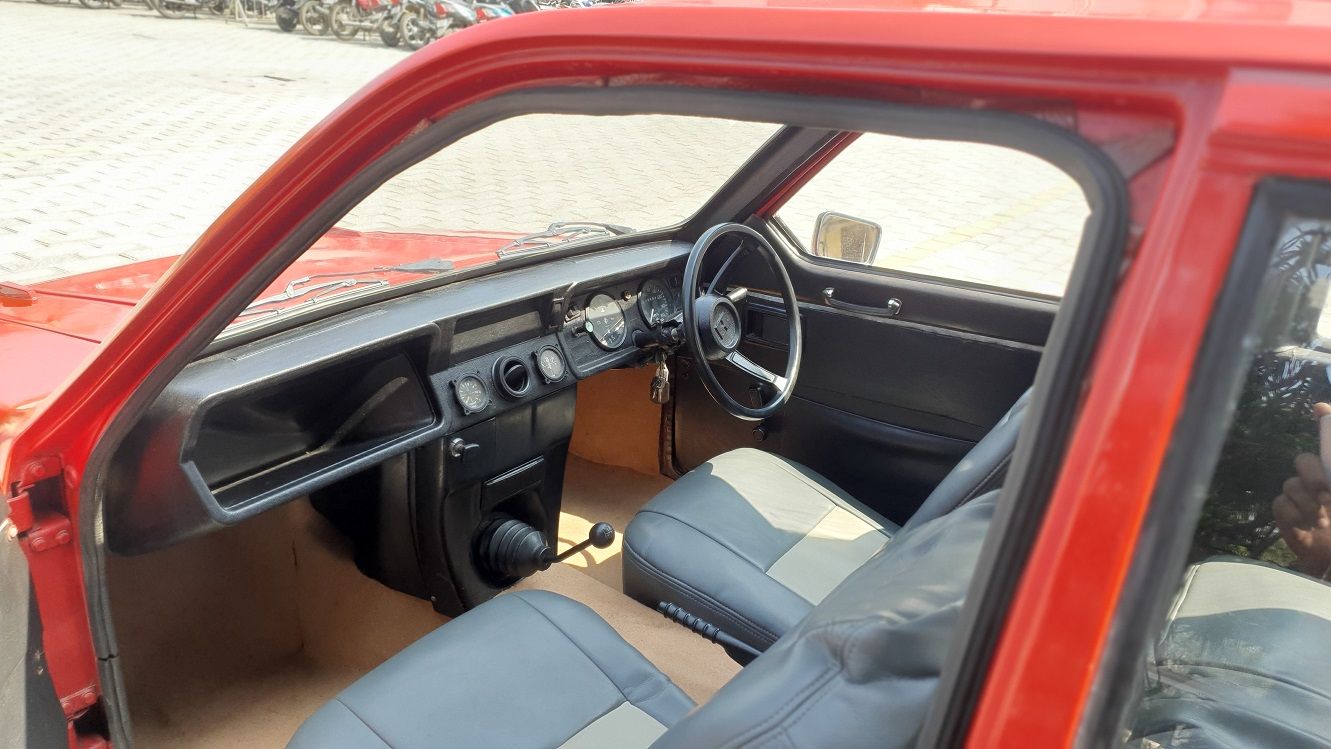
With the engine moved forward, the space within also increased to that of a true four-seater, instead of the Rebel’s compromised 2+2. The Reliant Kitten was also one of the earliest British small cars to be offered with radial tyres.
With the engine size increased to 848cc, maximum power went up to a reasonable 40bhp, giving the lightweight (508kg) Kitten a modest top speed of 135 km/h.60
The Kitten was launched with two body styles: a two-door saloon (with a glass hatch), and a three-door estate with a more upright rear featuring a side-hinged door. Later, a van version of the latter, but without the rear bench seat, was also on offer.
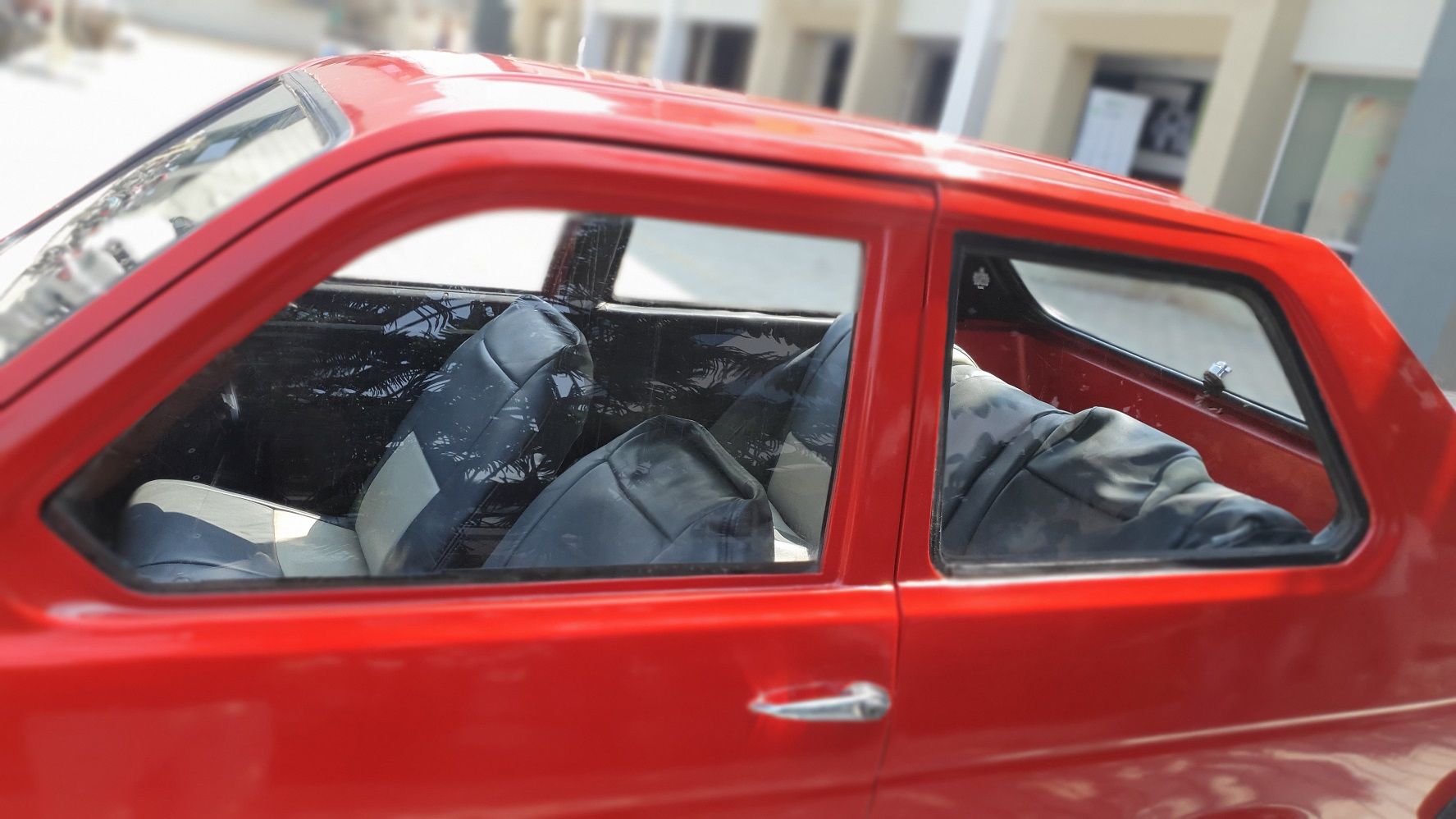
Even if the rear leaf springs gave the car a rather bouncy ride, the quick and direct rack and pinion steering provided the Kitten with go-kart like handling characteristics.
When R K Sipani visited Reliant’s factory at Tamworth, in Staffordshire, some 25 km north of Birmingham, in early 1980, the Kitten caught his eye. After some quick negotiations, SAIL signed a technical collaboration with Reliant Motors.

But how could that work, given that it was the era of the licence Raj?
For an answer to that, you need to tune in again tomorrow…
Comments
Sign in or become a deRivaz & Ives member to join the conversation.
Just enter your email below to get a log in link.
